Overview
The article emphasizes key practices essential for achieving marketing success through effective agency web design. It highlights the significance of:
- Establishing a strong brand identity
- Understanding client needs
- Implementing user-centric design principles
- Leveraging innovative technologies
These practices are substantiated by insights and examples that illustrate their role in creating engaging, accessible, and effective digital experiences. Such experiences resonate with target audiences and drive positive business outcomes.
Introduction
In a digital landscape where first impressions can decisively influence a business's fate, mastering agency web design is imperative. This article explores essential practices that not only elevate a brand's online presence but also propel marketing success. With the swift evolution of technology and shifting consumer expectations, agencies must consider:
- How can they stay at the forefront of innovation while adeptly fulfilling client needs?
Establish a Strong Brand Identity
To establish a robust identity for your company, begin by clearly outlining its core values, mission, and vision. Conduct comprehensive market research to gain insights into your target audience and competitors. Develop a distinctive value proposition that articulates what sets your company apart. Consistently utilize visual elements such as logos, color schemes, and typography across all platforms to reinforce identity recognition.
For example, renowned companies like Apple and Nike have successfully cultivated strong identities through consistent messaging and aesthetics, rendering them immediately recognizable on a global scale.
Regularly revisit and refine your brand identity to ensure it remains relevant and resonates with the evolving preferences of consumers.
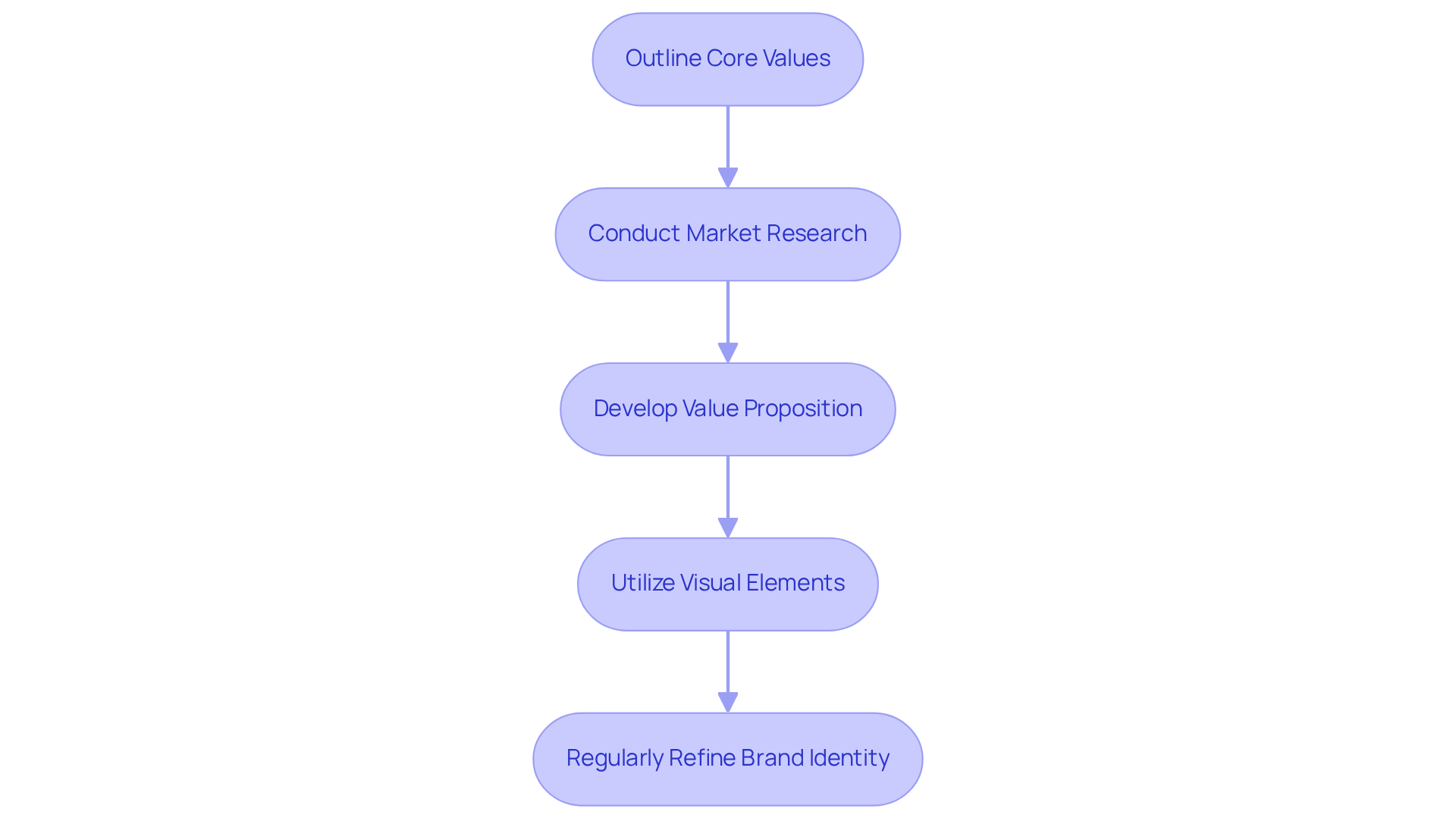
Understand Client Needs and Market Trends
To effectively grasp client needs, it is imperative to prioritize active listening during initial consultations and throughout the project lifecycle. Employing tools such as surveys, interviews, and feedback forms allows for the collection of valuable insights directly from clients. Staying updated on market trends is essential; thus, subscribing to industry publications, attending webinars, and engaging in networking events can provide critical information.
For instance, in the e-commerce field, identifying trends like mobile shopping and personalized marketing significantly impacts website layout and functionality. Furthermore, regularly analyzing competitors helps to pinpoint market gaps that your services can address, ensuring your offerings remain competitive and aligned with client expectations.
As the digital environment evolves, recognizing that 93% of online interactions begin with a search engine underscores the significance of SEO and expertise in website creation. By integrating these insights, agency web design can help agencies enhance client engagement and drive successful outcomes.
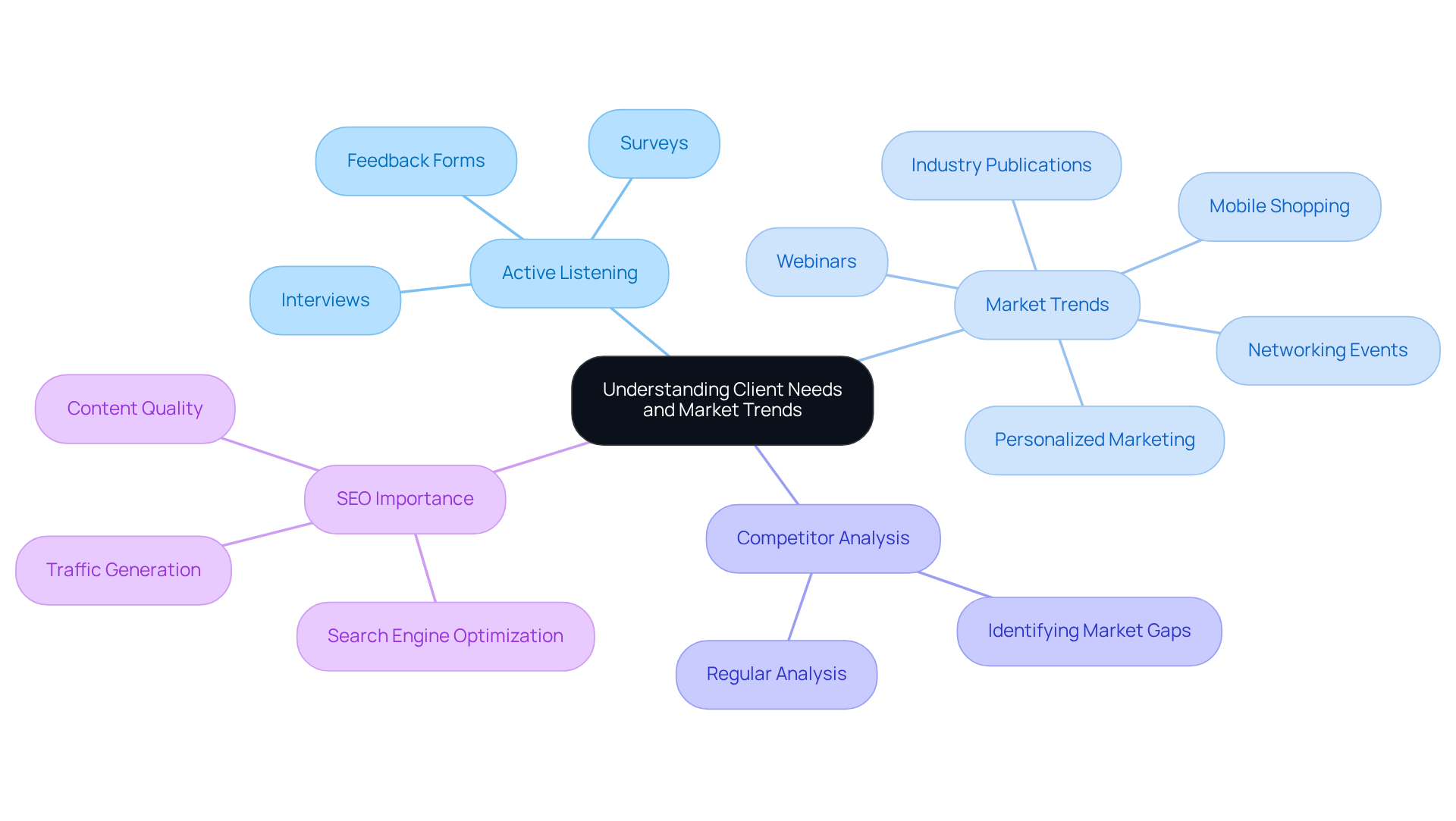
Implement User-Centric Design Principles
Applying user-focused principles begins with a deep comprehension of your audience's needs and behaviors. Developing customer personas is vital to illustrate different segments of your target audience, enabling you to chart their journey through your platform effectively. This process should include detailed profiles that consider demographics, preferences, and accessibility needs, as approximately 16% of the global population has some form of disability, according to the World Health Organization. This emphasizes the necessity for inclusive planning.
Employing wireframes and prototypes allows you to evaluate concepts prior to complete execution, guaranteeing that your site fulfills the varied requirements of users. Adhering to the Web Content Accessibility Guidelines (WCAG) is crucial, as 90% of websites are currently inaccessible to individuals who rely on assistive technologies. Elements like responsive layout and intuitive navigation not only improve usability but also expand your audience reach, as 70% of disabled online shoppers leave sites that are hard to navigate. Moreover, 61% of individuals are unlikely to revisit a mobile site if they face navigation problems, emphasizing the repercussions of overlooking experience in web design.
Regular usability testing is essential for collecting feedback and making iterative enhancements based on participant interactions. This practice helps identify accessibility barriers and ensures that your website remains user-friendly for all. By prioritizing audience personas and accessibility, organizations can create a more inclusive digital environment that fosters engagement and satisfaction among all participants. Ultimately, implementing these principles not only enhances user experience but also drives business success by tapping into a broader customer base.
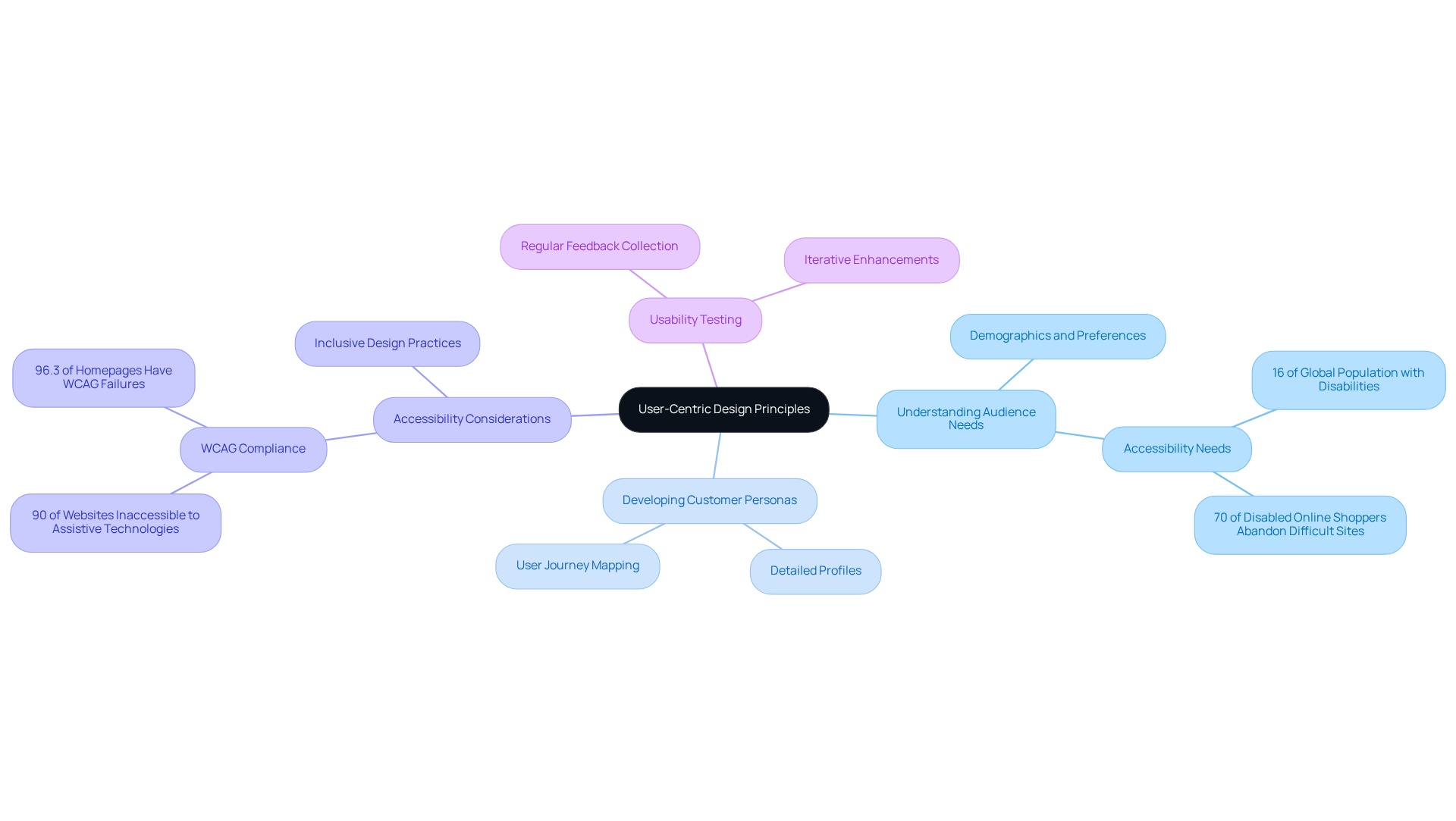
Leverage Innovative Technologies and Tools
To harness cutting-edge technologies, it is imperative to stay informed about the latest creative tools and software that can enhance your workflow. Tools such as Figma and Adobe XD significantly improve collaborative creative processes, allowing teams to work together seamlessly.
By integrating AI-powered analytics tools, you can gain valuable insights into user behavior and preferences, fostering data-informed decision-making. For instance, employing heatmaps can reveal which areas of a website draw the most attention, guiding design adjustments effectively.
Furthermore, leveraging AI for campaign optimization enables agencies to swiftly generate, test, and refine multiple ad versions, ensuring the most impactful variant is utilized. This approach not only enhances return on ad spend (ROAS) but also enriches engagement through hyper-personalized customer experiences tailored to individual preferences.
Consider the integration of automations and custom bots that can replicate human speech and learn to maintain brand tone across all communications. By embracing these advanced technologies, agency web design can offer innovative solutions that meet the evolving demands of clients and their audiences.
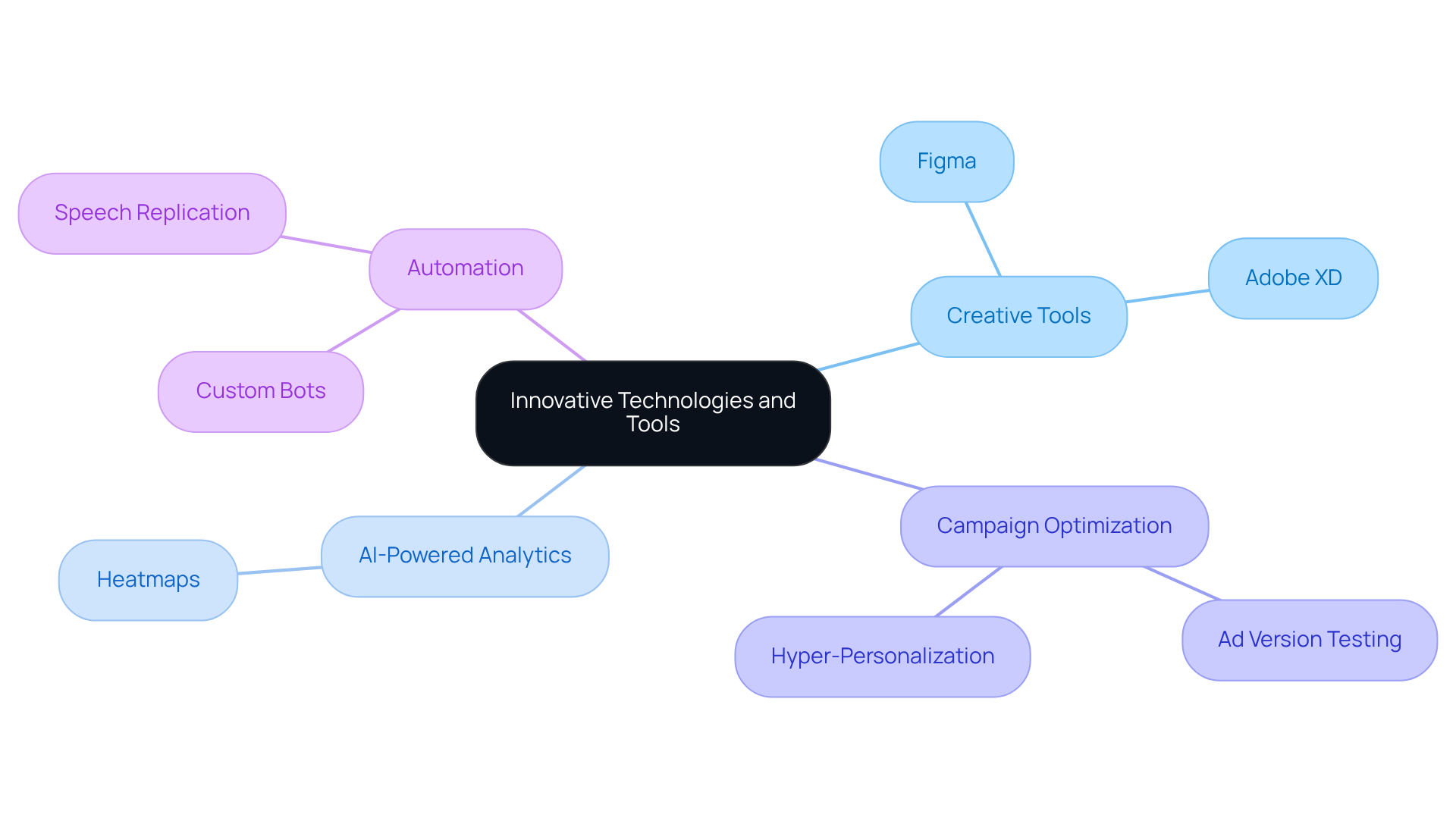
Conclusion
Establishing a successful agency web design strategy hinges on a few key practices that can significantly impact marketing outcomes. By prioritizing a strong brand identity, understanding client needs, implementing user-centric design principles, and leveraging innovative technologies, agencies can create compelling digital experiences that resonate with their target audiences. These elements not only enhance visibility but also foster lasting relationships with clients.
Throughout this article, the importance of a cohesive brand identity has been underscored, as seen in examples from industry leaders like Apple and Nike. Understanding client needs through active listening and market trend analysis ensures that design solutions remain relevant and competitive. Furthermore, adopting user-centric design principles allows agencies to create accessible and engaging platforms that cater to diverse audiences. Finally, embracing innovative technologies empowers agencies to stay ahead of the curve, optimizing their processes and enhancing user interactions.
In a rapidly evolving digital landscape, the significance of these practices cannot be overstated. Agencies are encouraged to continually refine their approaches, ensuring they not only meet but exceed client expectations. By committing to these best practices, web design agencies can position themselves for marketing success in 2025 and beyond, ultimately driving engagement and growth in an increasingly competitive environment.
Frequently Asked Questions
What is the first step to establishing a strong brand identity?
The first step is to clearly outline your company's core values, mission, and vision.
How can market research help in building a brand identity?
Comprehensive market research provides insights into your target audience and competitors, which is essential for shaping your brand identity.
What is a value proposition and why is it important?
A value proposition articulates what sets your company apart from competitors, making it crucial for establishing a distinctive brand identity.
How can visual elements contribute to brand identity?
Consistently using visual elements such as logos, color schemes, and typography across all platforms helps reinforce identity recognition.
Can you provide examples of companies with strong brand identities?
Companies like Apple and Nike have successfully cultivated strong identities through consistent messaging and aesthetics, making them globally recognizable.
How often should a company revisit its brand identity?
A company should regularly revisit and refine its brand identity to ensure it remains relevant and resonates with evolving consumer preferences.
.png?width=250&height=153&name=CSI-OverskiesRebrand_LOGO-01(smaller).png)

.png?width=100&height=61&name=CSI-OverskiesRebrand_LOGO-01(smaller).png)


.png?width=88&name=CSI-OverskiesRebrand_LOGO-01(smaller).png)

